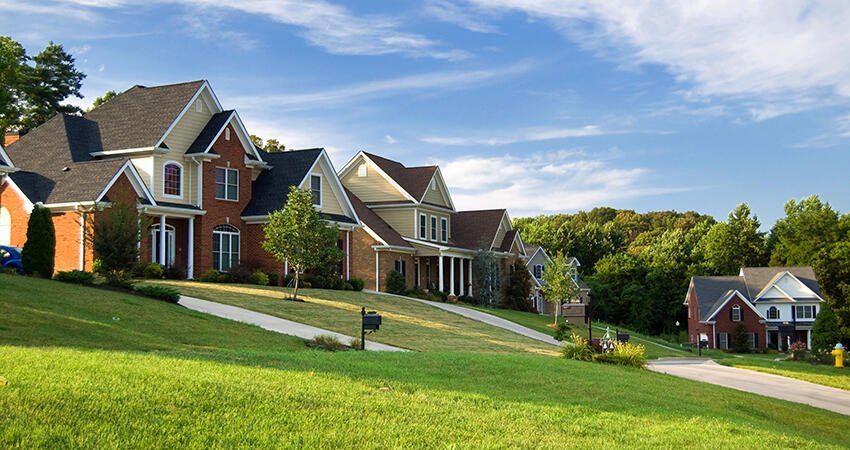
Suburban area
How Suburbs’ Increasing Diversity Influences Police Practices
- Title:
-
Broken Windows in the Cul-de-Sac? Race/Ethnicity and Quality-of-Life Policing in the Changing Suburbs
- Author:
-
Brenden Beck
- Source:
- Publication Date:
-
2017
Over the past three decades, many urban police departments began adopting “broken window” policing strategies: aggressive enforcement of low-level “quality of life” crimes, such as disorderly conduct, vagrancy, and drunkenness, to deter more serious crimes. But research shows this form of policing does little to prevent violent crime and disproportionately targets low-income communities and communities of color in urban areas. Over the same period, many of America’s suburbs have become less wealthy and increasingly diverse. This study explores whether quality of life policing increased in suburbs as they became more diverse and whether increased arrests disproportionately affected nonwhite suburban residents. The author focused on low-level crimes because they are the most discretionary form of arrests and reflect police decisions more than actual disorder.
Using 1990, 2000, and 2009–14 data from the Uniform Crime Reporting (UCR) Program’s “Arrests by Age, Sex, and Race” database, the UCR’s “Offenses Known and Clearances by Arrest” database, the decennial census, and the American Community Survey, the author examined the incidence of quality of life arrests in more than 1,000 suburban areas and 50 large cities and analyzed trends in both the number of quality of life arrests and the ratio of Black to white quality of life arrest rates in both suburban and urban settings. The model adjusts for population size and year and controls for the percentage of foreign-born residents, families in poverty, 18-to-34-year-olds, and males.
The study has two primary limitations. First, the lack of information on ethnicity in the UCR arrest data prevented analysis of disparities in arrests for Latinx people compared with white people and likely inflated the arrest numbers for white people. A second limitation involves the study’s definition of suburbs. Although the author excludes especially small and racially homogenous suburbs, the analysis does not account for the large variation among the suburbs included in the sample, which may be associated with variations in policing practices.
Key findings
- The annual quality of life arrest rate per 10,000 people decreased by 70 percent in large cities and 60 percent in suburbs over the study period. This contradicts other research findings that suggest “broken windows” policing diffused and intensified over this period.
- Quality of life arrests in the suburbs disproportionately targeted Black people. The average suburb arrested Black people for quality of life offenses 4.5 times more often than white people, nearly double the ratio in cities (2.7 times more often).
- Suburbs with fewer Black people account for more racially disproportionate quality of life arrests. The median suburb where Black residents made up 1 percent or less of the population made six times more arrests of Black people per Black resident than white people per white resident.]An increase in Hispanic[1] population was associated with a decrease in quality of life arrests. For example, a suburb’s Hispanic population increasing from 6.6 percent to 14.6 percent (the average change) would be expected to experience 0.05 fewer arrests.
- An increase in poor families of any race or ethnicity is associated with increasingly racially unequal arrests.
Policy implication
- The finding that an increase in a suburb’s Black population was associated with a lower, more equal arrest ratio aligns with “race and place” scholars who theorize that racial bias combines with police conceptions of “who belongs” to magnify racial profiling in predominantly white areas. As places become more racially diverse, police officers become accustomed and make less unequal (though still unequal) arrests.
[1]In alignment with the terminology used by the authors of this study, the Housing Matters editorial team uses the term “Hispanic” here to refer to people of Latin American origin. We recognize that the term “Latinx” is more inclusive of the way this group may self-identify. Housing Matters strives to avoid language that is exclusive and will always attempt to explain the editorial rationale behind the labeling of certain groups.
Photo by Podlesnyak Nina/Shutterstock


